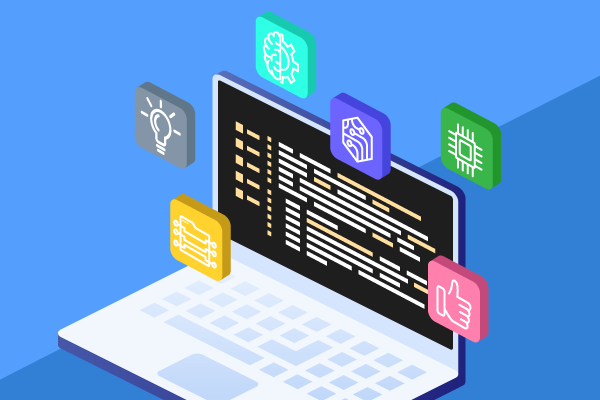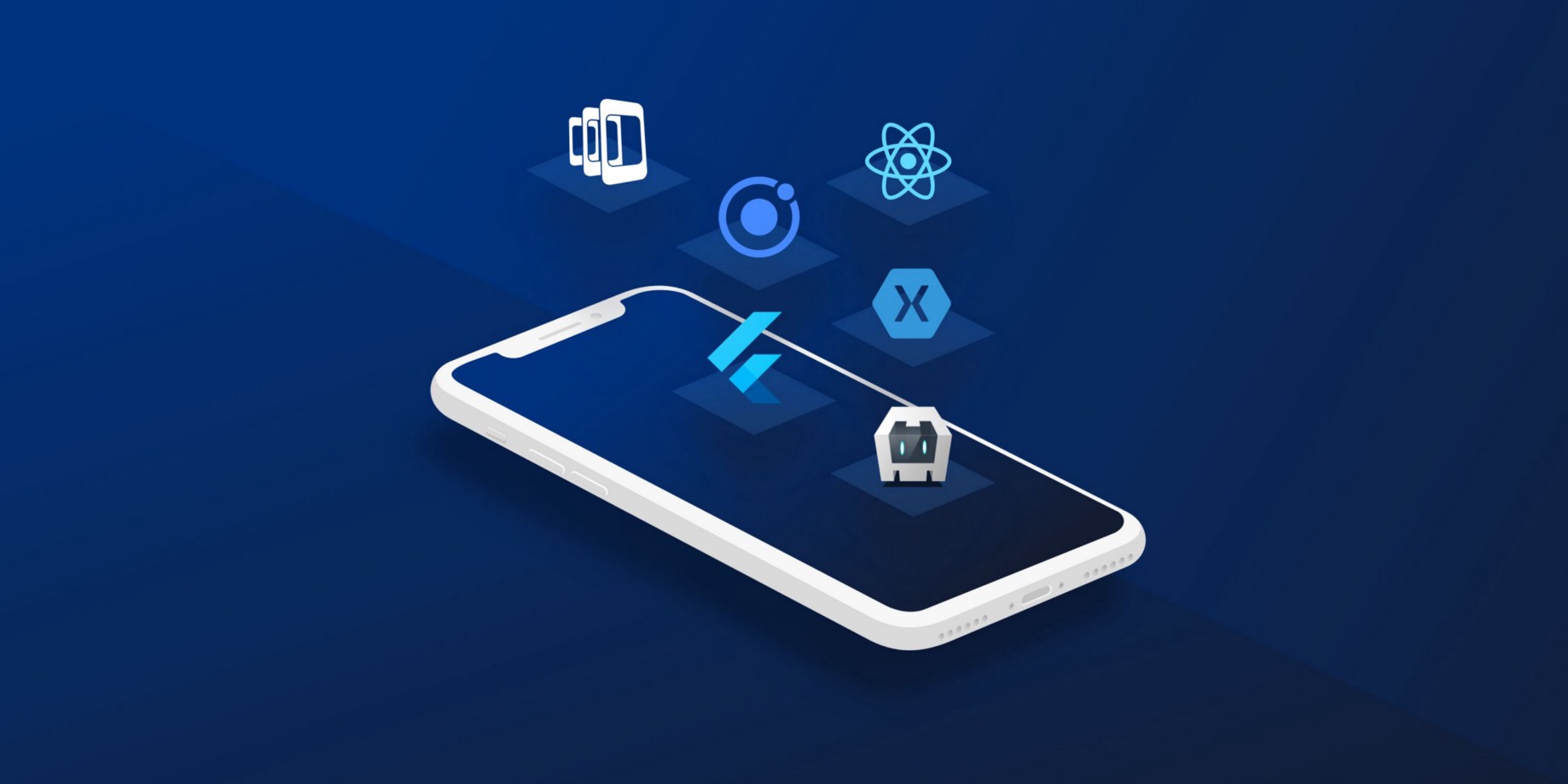
The Evolution of Web App Development: Trends Shaping the Future
Introduction
In the ever-changing digital landscape, web applications have become the cornerstone of online experiences, catering to diverse user needs and preferences. The evolution of web app development has been marked by innovative trends and technologies, reshaping the way businesses and users interact online. In this article, we’ll explore the key trends shaping the future of web application development services and how businesses can leverage these advancements to create seamless and engaging web experiences.
Responsive Web Design and Mobile-First Approach
Responsive web design has become a standard practice in web application development services. It ensures that web applications adapt seamlessly to various devices and screen sizes, providing a consistent user experience. Embracing a mobile-first approach is essential, focusing on designing web apps with mobile users as the primary audience. By prioritizing mobile users, businesses can enhance accessibility and usability, accommodating the growing number of users accessing the internet via smartphones and tablets.
Progressive Web Apps (PWAs)
Progressive Web Apps (PWAs) have gained significant traction in recent years. These web applications offer an app-like experience within the browser, combining the best of both worlds. PWAs provide offline functionality, instant loading, and push notifications, delivering a seamless user experience akin to native mobile apps. Businesses investing in PWAs benefit from increased user engagement, improved performance, and broader reach across platforms and devices.
Single Page Applications (SPAs) and JavaScript Frameworks
Single Page Applications (SPAs) have revolutionized web app development by providing dynamic and interactive user experiences. SPAs load content dynamically, eliminating the need for page reloads, resulting in faster and smoother interactions. Popular JavaScript frameworks like React, Angular, and Vue.js empower developers to create SPAs efficiently. These frameworks offer robust tools and components, enabling the development of complex web applications with ease. SPAs enhance user engagement, providing a seamless browsing experience similar to desktop applications.
Serverless Architecture and Microservices
Serverless architecture and microservices have reshaped the way web applications are developed and deployed. Serverless architecture allows businesses to focus on writing code without managing servers, leading to increased scalability and cost efficiency. Microservices involve breaking down applications into smaller, independent services, enabling agility and flexibility in development. These trends optimize development processes, enhance collaboration among teams, and improve overall application performance, ensuring a seamless user experience.
Artificial Intelligence and Machine Learning Integration
The integration of Artificial Intelligence (AI) and machine learning has opened new horizons in web application development services. AI-driven features, such as chatbots and recommendation engines, provide personalized user experiences and predictive analytics. Chatbots offer real-time customer support, enhancing user engagement and satisfaction. Recommendation engines analyze user behavior to deliver tailored content, products, or services, increasing user retention and conversion rates. Businesses leveraging AI technologies in web applications gain a competitive edge by delivering intelligent and user-centric experiences.
Enhanced Security Measures
In the era of digitalization, cybersecurity is paramount in web application development services. Implementing advanced security measures, such as HTTPS, encryption, and secure authentication methods, protects user data and builds trust. Blockchain-based security solutions offer decentralized and tamper-proof data storage, ensuring data integrity and transparency. Biometric authentication enhances security by utilizing fingerprint or facial recognition, providing a seamless and secure login experience. Businesses must prioritize robust security practices to safeguard sensitive information and maintain user confidence.

Internet of Things (IoT) and Web App Integration
The Internet of Things (IoT) has revolutionized the way devices communicate and share data. Web applications play a pivotal role in IoT ecosystems, providing user interfaces and data visualization. IoT-powered web applications enable real-time monitoring and control of connected devices, making them integral in various industries, such as smart homes, healthcare, and industrial IoT. Developing web applications for IoT devices involves addressing challenges such as data management, real-time communication, and device compatibility. Businesses offering IoT-enabled web application development services bridge the gap between physical devices and digital experiences, driving innovation and efficiency.
Voice Search Optimization and Natural Language Processing
Voice search technology has gained prominence with the rise of virtual assistants and smart devices. Optimizing web applications for voice search involves understanding user intent and implementing natural language processing (NLP) techniques. NLP enables web applications to interpret and respond to user queries effectively. Voice-enabled web applications enhance accessibility and user convenience, catering to a wider audience, including individuals with disabilities. Businesses investing in voice search optimization and NLP ensure that their web applications deliver seamless and intuitive user experiences.
Conclusion
As we venture further into the digital age, web application development services continue to evolve, embracing innovative trends and technologies. Responsive web design, Progressive Web Apps, Single Page Applications, serverless architecture, AI integration, enhanced security measures, IoT-enabled applications, voice search optimization, and NLP are shaping the future of web applications. Businesses that adapt to these trends gain a competitive advantage, delivering unparalleled user experiences and staying ahead in the dynamic digital landscape.
By embracing these advancements, businesses can create web applications that not only meet user expectations but also exceed them. As technology continues to evolve, staying informed and leveraging these trends will be key to developing web applications that are not just functional but truly transformative, enhancing user engagement, satisfaction, and overall business success. Web application development services providers must continually innovate and explore these trends to offer cutting-edge solutions that empower businesses in the digital realm.




